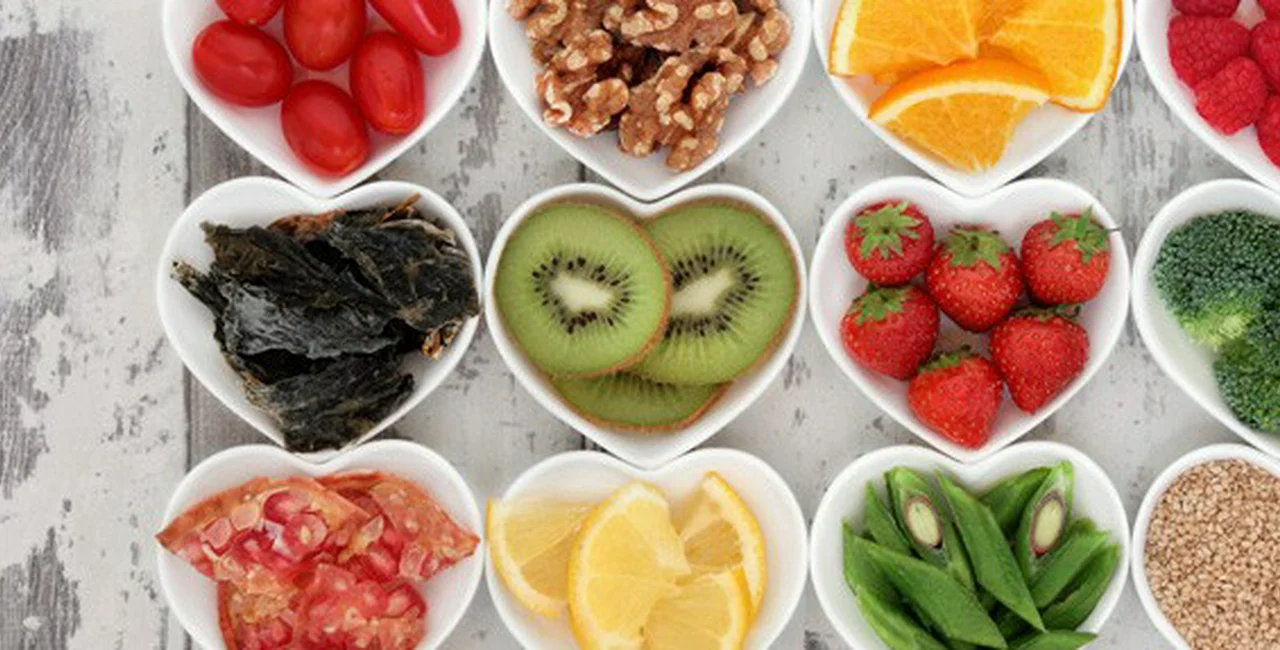Legend has it that more than 5,000 years ago, Emperor Shen Nung of China required all drinking water to be boiled before consumption. One summer day, during a visit to a distant area, he waited for his servant to boil drinking water for his court. Dry leaves from a bush nearby fell into the hot water, and the water quickly turned brown. The Emperor, intrigued, drank some of the liquid and found it both tasty and refreshing.
Tea consumption spread quickly through China; the drink was introduced to neighboring Japan when a Buddhist priest named Yeisei (now known in Japan as the “Father of Tea”) brought back tea seeds from a visit to China. As in China, the drink was embraced at all levels of society, even becoming an art form. The Japanese Tea Ceremony was witnessed by journalist Lafcadio Hearn, who wrote: “The whole of this art, as to its detail, signifies no more than the making and serving of a cup of tea. The supremely important matter is that the act be performed in the most perfect, most polite, most graceful, most charming manner possible.” Japan also implemented tea houses, which had a special form of architecture known as “chaseki.”
In the early 17th century, the Dutch began to popularize tea, particularly in The Hague. The enormous expense of the drink meant that it could be enjoyed only by the wealthy. With increased imports, however, the price gradually decreased, so that by 1675, it could be purchased in food stores throughout Holland. (In 1650, Peter Stuyvesant introduced it to the American colony of New Amsterdam, later to become New York under English rule.) Tea also began to be introduced throughout Europe. England – rather surprisingly, now – was the last of the major maritime powers to enjoy the benefits of operating trade routes in the Asian seas. Tea was first introduced between 1652 and 1654; it was so popular that it soon replaced ale as the national drink. Coffee houses, despite their name, served tea far more often. The custom of afternoon tea is said to have originated with Anna, Duchess of Bedford (1788 – 1861); the practice was so popular that other society hostess followed suit.
These days, a cup of tea is often a matter of microwaving a mug of water and dropping a teabag into it, or stirring crystallized tea into a glass of water. However, Prague offers a more relaxed approach to the drink, one that fits in well with the renewed interest in the health benefits of tea.
As opposed to the general idea of a tearoom – a brightly-lit, ultra-formal establishment with all sorts of delicacies – Czech tearooms offer extensive tea menus including black, green, oolong, white and rooibos tea, haphazard furnishings and an ambience all their own, usually with subdued lighting, music and a very casual atmosphere. As a bonus, most of the tearooms in this cigarette-loving country are completely non-smoking. (Some, however, such as Siva in Prague 1, offer hookahs containing flavored tobacco, the use of which is usually limited to one room on the premises.) The tearooms, which are found all over the city, also sell tea in bulk, as well as teapots, cups and other tea-related paraphernalia.
Perhaps the most famous of Czech tearooms is Dobrá Čajovna, with branches all over the Czech Republic, including Prague, Český Krumlov, České Budějovice, Hradec Králové, Olomouc and Brno. In addition, the popularity has extended beyond the borders of this small country. There are two branches in the United States; one in Vermont, and one in Wisconsin. Aleš Jurina of Dobrá Čajovna explained some of the history of tearooms in the Czech Republic.
Jurina shares the surprising information that, unlike in many other areas of Europe, tea wasn´t even popular here until the 20th century. “This is a coffee-drinking culture, like Vienna,” he explains. Rumor has it that, during the revolutions that ravaged Europe in 1848, tea was brought to Prague by Russian anarchists, but it was used for medicinal purposes. In 1912, a tearoom opened in the Lucerna building, but closed in only a few months.
In the waning years of communism, a group of tea lovers met secretly to sample teas that, in those years, were very difficult to come by (the market consisting primarily of poor-quality Russian and Vietnamese teas). The first incarnation of Dobrá Čajovna was in the Roxy on Dlouhá Street; the first “official” Dobrá Čajovna opened on June 1, 1993, in the location on Wenceslas Square. The concept quickly caught on, and Dobrá Čajovna became a booming success, eventually creating a franchise. Jurina claims that the Czech Republic may have more tearooms, per capita, than any other country in the world.
Prague 1
Dobrá Čajovna, Václavské náměstí 14. With a menu that puts many restaurants to shame, this flagship tearoom offers what may be the widest variety of tea in the country. A small bell is brought to the table with the menu, so that customers can ring for the server when they have made their choice. Tea sets and loose tea are also sold.
Pangea Tea (www.pangea-tea.cz) Růžová 8. Offering not only tea, but alcoholic drinks, snacks, and even ice cream. This tearoom has a tea club with lectures on tea.
Siva Tearoom (www.cajiky.cz) Masná 8. No cigarettes allowed, but this Arabic-themed tearoom offers hookahs with flavored tobacco. More than 100 different types of tea on the menu. Belly dancing every Wednesday, Friday and Saturday.
Prague 2
U Dvou Šálků (www.cajiky.cz/udvousalku/) Blanická 8. Part of the chain of tearooms that includes Siva, this tearoom also offers a wide variety of tea and hookahs.
Čajovna pod Stromem Čajovým, Mánesova 55. Offers a range of tea and mead, as well as hookahs.
U Džoudyho (www.udzoudyho.cz) Jugoslávska 7. This tearoom also has a bookstore on the premises, with different hours of operation. Tea, tea sets, accessories and books on tea.
Čajovna jedna báseň (www.jednabasen.cz) Pod Zvonařkou 14. Tea and other hot drinks (sahlep, organic hot chocolate, Ayurvedic coffee, etc.), juice, sweet and savory snacks.
Prague 3
Čajířna nad vokem (www.cajirnanadvokem.cz) U Božích bojovníků 3. A wide variety of teas as well as fair-trade and organic drinks. Sweet baked goods, snacks.
Prague 6
Dejvická Čajovna (www.dejvicka-cajovna.cz) V.P. Čkalova 12. An extensive offer of teas, as well as specialty drinks, ceramics, accessories and even T-shirts.
Mystická čajovna, Muchova 4. More than 50 different teas, other hot drinks and food.
Čajovna tukan (www.tukan-cajovna.cz), Liborova 14. Many different types of tea, plus juice and snacks. Hookahs also available.
Prague 7
U Kostela (www.cajiky.cz/ukostela/) Štrossmayerovo náměstí 9. The third tearoom in the Siva group, this one offers the same products (minus the belly dancing) as Siva downtown.
Tea Room in the Tower Na výšinách 1. This one really is in a tower! Near Letna plain, in an old water tower from 1888, it´s run by a tea club.
Prague 8
Čajovna romantinka Bořanovická 527. A good assortment of teas, some snacks, books, relaxation music, hand-woven rugs and more in Prague 8.
Prague 9
Čajovna SHI-SHA Drahobejlova 36. Tea, mead, specialty drinks, tea sets, and hookahs for rent as well as for sale.












 Reading time: 5 minutes
Reading time: 5 minutes 

















